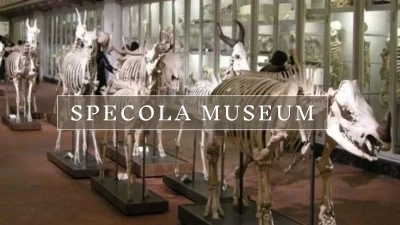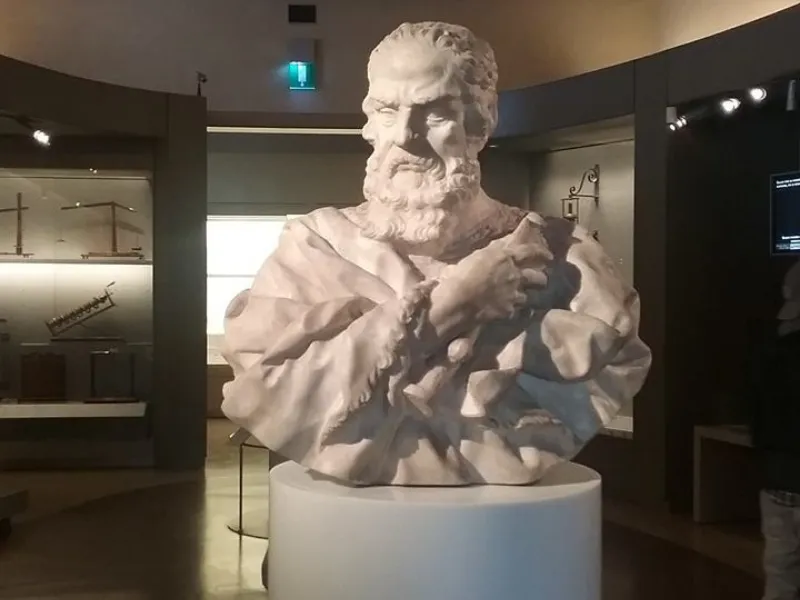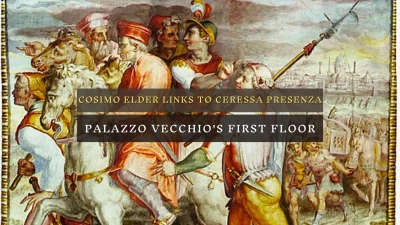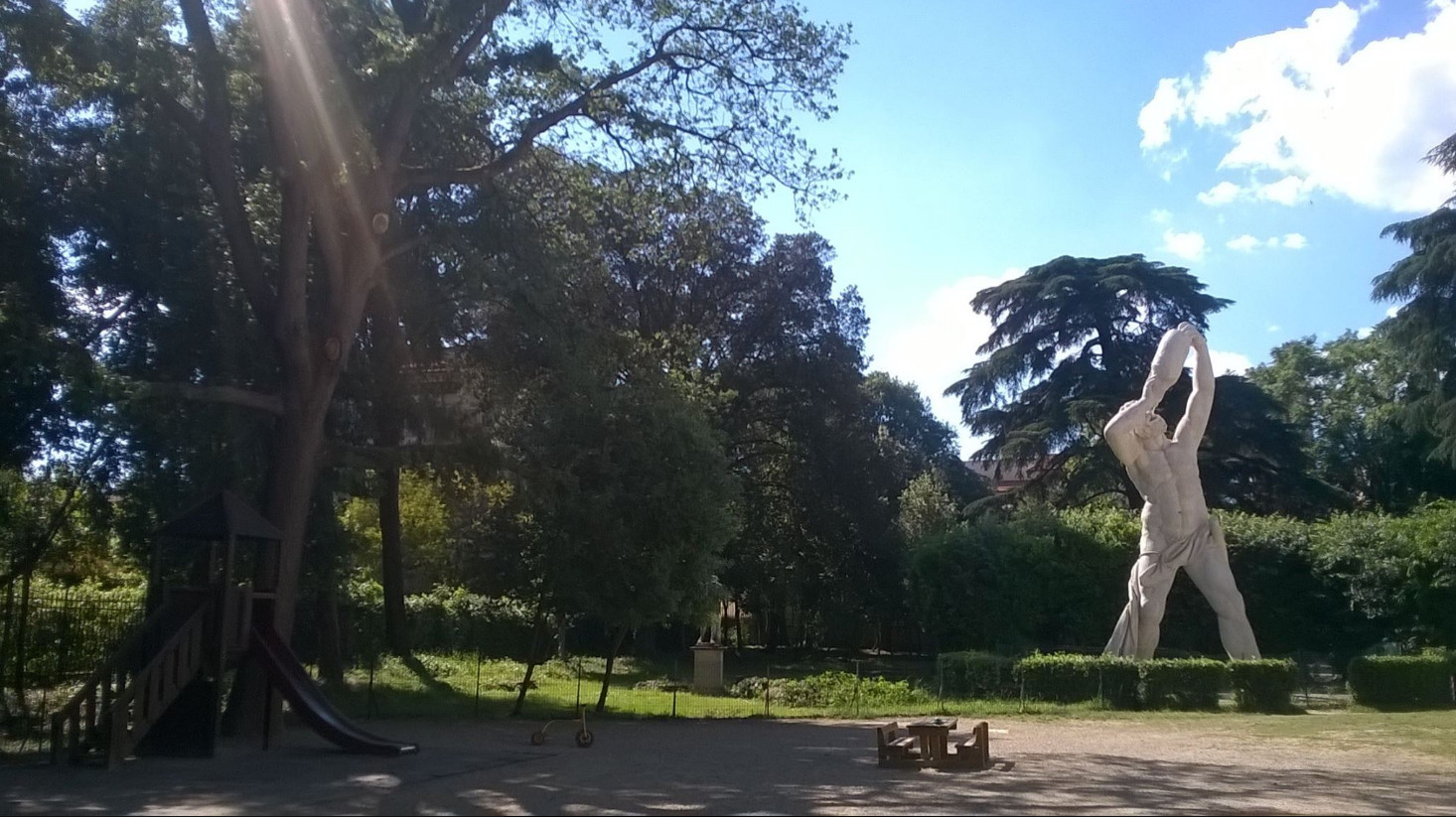A XVII century giant in a secret garden
A XVII century giant in a secret garden in Florence!
A huge sculpture of a giant is situated inside the "Orti Oricellari", a secret garden in the city-centre of Florence: his name is Polyphemus. The monster imprisoned Ulysses and his friends in a grotto to eat them.The hero cheated him offering some wine he had brought as a gift. While the giant was quenching his thirst Ulysses blinded him. Originally the statue emerged from a little lake now doesn't exist anymore.It was sculpted in 1650s by A. Novelli and it is 8 metres high! The garden is renowned since Renaissance: here the most illustrious men of XV and XVI centuries such as Lorenzo il Magnifico, Poliziano, Pico della Mirandola gathered to speak about Neoplatonism: the base of a column still remembers this period.
According to the tradition, the name Oricellari refers to the name of a lichen, the "Roccella". The Rucellai family enriched themselves exploiting the characteristics of the plant becoming one of the richest families of Florence. Alemanno, one of the forefathers, was a knight. During a travel to the East he stopped to pee. He noticed that the colour of the Roccella changed from red to violet so he realized he could employ it to colour Florentine wool, the reason why the city of Florence is still today attached to this color!
Altri articoli

The Museum of La Specola
Home to a vast collection of zoology and anatomy, with lifelike wax models crafted by master artisans.

The traditional florentine football game
At the end of the match the Florentine population answers "Viva Fiorenza" to the exhortation of the captain of the district who says; "Shout with me, Florence hurrah!".

Galileo Galilei kneels in front of the church
In 1632 the scientist published his "Discorso sui massimi sistemi" and he risked to be burnt at the stake

The terrestrial and celestial Gods
The wonderful decorations on the ceilings were commissioned by Cosimo I to Giorgio Vasari


